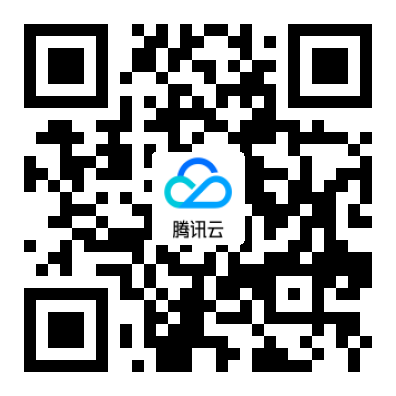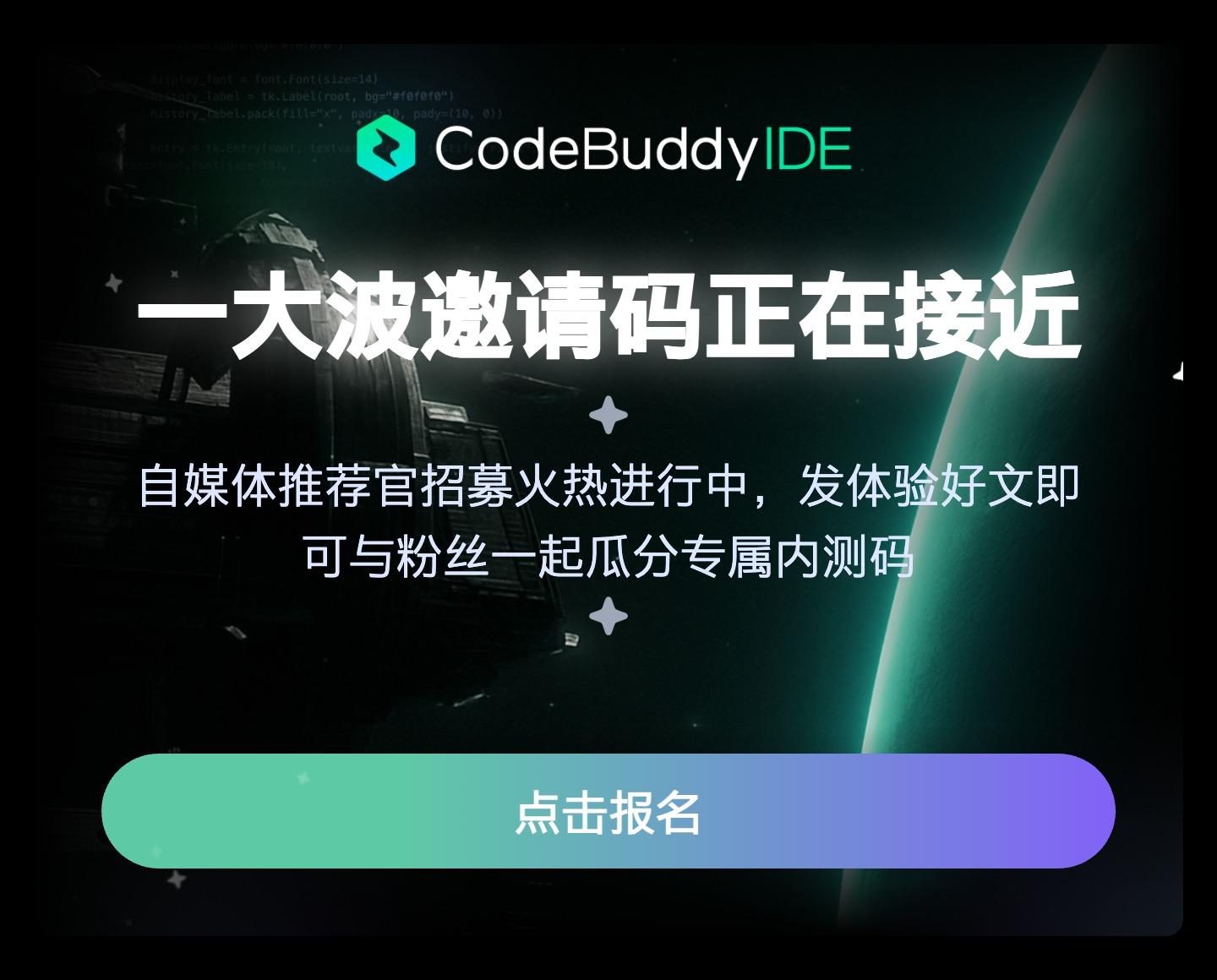Nacos配置中心落地与实践

一、背景
目前,我们公司各团队配置中心使用各异,电商使用的是 Spring Cloud Config,支付使用的是 Apollo,APP 团队使用的是 Apollo+Nacos。为了更好地应对公司业务的发展,统一基础设施技术栈必不可少。

图片来源:直播《如何做好微服务基础设施选型》--李运华
此外,电商团队使用的 Spring Cloud Config 面临以下技术痛点:
- • 修改配置需要重启服务
- • 配置管理不友好(通过gitlab修改)
- • 缺少权限管控、格式检验、安全配置等特性
二、配置中心选型
开源产品分析
- • Spring Cloud Config
2014年9月开源,Spring Cloud 生态组件,可以和 Spring Cloud 体系无缝整合。
- • Apollo
2016年5月,携程开源的一款可靠的分布式配置管理中心。能够集中化管理应用不同环境、不同集群的配置,配置修改后能够实时推送到应用端,并且具备规范的权限、流程治理等特性,适用于微服务配置管理场景。
- • Nacos
2018年6月,阿里开源的一个更易于构建云原生应用的动态服务发现、配置管理和服务管理平台。它孵化于阿里巴巴,成长于十年双十一的洪峰考验,沉淀了简单易用、稳定可靠、性能卓越的核心竞争力。
比较项 | Nacos | Apollo | Spring Cloud Config | |
|---|---|---|---|---|
社区活跃度 | 开源时间 | 2018.6 | 2016.5 | 2014.9 |
github关注 | 20.5k | 26K | 1.7K | |
文档 | 完善 | 完善 | 完善 | |
性能 | 单机读(QPS) | 15000 | 9000 | 7(限流所致) |
单机写(QPS) | 1800 | 1100 | 5(限流所致) | |
可用性 | 停服影响(配置服务) | 已启动的客户端不影响 | 已启动的客户端不影响 | 已启动的客户端不影响 |
部署模式 | 集群 | 集群 | 集群 | |
易用性 | 配置生效时间 | 实时 | 实时 | 重启生效,或手动refresh生效 |
数据一致性 | HTTP异步通知 | 数据库模拟消息队列,Apollo定时读消息 一分钟实时生效 | Git保证数据一致性,Config-server从Git读数据 | |
配置界面 | 支持 | 支持 | 不支持 | |
配置格式校验 | 支持 | 支持 | 不支持 | |
配置回滚 | 支持 | 支持 | 支持(基于git的回滚) | |
版本管理 | 支持 | 支持 | 支持(基于git的版本管理) | |
客户端支持语言 | 官方java 非官方 Go、Python、NodeJS、C++ | 官方java .net 非官方 Go、Python、NodeJS、PHP、C++ | ||
客户端使用 | nacos client | apollo client | cloud config client | |
安全性 | 权限管理 | 支持 | 完善 数据权限都比较完善 | 支持(git) |
授权/审计/审核 | 支持 | 界面上直接操作且支持修改和发布权限分离 | 依赖git权限管理 | |
数据加密 | 不支持 | 不支持 | 加密和解密属性值 | |
架构复杂度 | 运维成本 | Nacos+MySQL(部署简单) | Config+Admin+Portal+MySQL(部署复杂) | Config-server+Git+MQ(部署复杂) |
服务依赖 | 自身就是注册发现中心 阿里云两个功能隔开了 | 分布式 需要注册中心 内置了eureka | 需要注册中心 | |
灰度发布 | 支持 客户端配置 且路由规则客户端计算 耦合高 繁琐 | 支持 服务端配置 且路由规则服务端计算 客户端透明 简单 | 支持 | |
邮件服务 | 不支持 | 支持 | 不支持 | |
查询配置监听 | 支持 | 支持 | 支持 |
- 1. 从性能方面看:读写性能 Nacos > Apollo > Spring Cloud Config。
- 2. 从功能方面看:功能完善度 Apollo > Nacos > Spring Cloud Config。
- 3. 从社区活跃性看:原来Spring Cloud 那一套生态Netflix基本上不怎么维护了,因为不赚钱;但是 Spring Alibaba 这套微服务生态会一直开源且有维护,因为阿里将这一块 SaaS 化后赚钱。
- 4. Nacos的优势:简单。它整合了注册中心、配置中心功能,部署和操作相比Apollo都要直观简单,因此它简化了架构复杂度,并减轻运维及部署工作。
性能对比
- • 压力机信息
处理器:Intel(R) Core(TM) i5-9500 CPU @ 3.00GHz 3.00 GHz
系统:window 10
内测:16G
- • 压测工具:JMeter
- • 压测策略:100用户请求线程 10内递增开启,持续时间100s
场景一:调用服务端

image-20220222142033442
测试结果如下:

image-20220222142102625
通过压测发现,Nacos读配置的TPS大约是11000左右 ,写配置TPS大约是1800左右,而Apollo读配置TPS大约是1100,写配置TPS大约310,Nacos读写性能优势非常明显。
场景二:调用客户端

image-20220222142123826
测试结果如下:

image-20220222142232508
可见,读性能相差不大。
结论
选择的原因 | 不选择的原因 | |
|---|---|---|
Nacos | 统一技术栈能解决现有技术痛点运维成本低 | |
Apollo | 依赖 Eureka | |
Spring Cloud Config |
参考文档:
- • 深度对比三种主流微服务配置中心
- • Nacos服务配置性能测试报告
- • Apollo性能测试报告
- • 凉凉了,Eureka 宣布闭源,Spring Cloud 何去何从?
三、快速使用
参考文档:https://nacos.io/en-us/docs/quick-start-spring-boot.html
升级依赖
去除 spring-cloud-config 依赖:
<dependency>
<groupId>org.springframework.cloud</groupId>
<artifactId>spring-cloud-starter-config</artifactId>
</dependency>添加 Nacos 依赖:
<dependency>
<groupId>com.alibaba.boot</groupId>
<artifactId>nacos-config-spring-boot-starter</artifactId>
<version>0.1.8</version>
</dependency>替换 Nacos 配置
将原 bootstrap.yml 文件中的 config 配置替换成 nacos 的配置。
spring:
application:
name: {应用名}
cloud: # 移除
config: # 移除
uri: http://config-center.alpha-intra.dbses.com/conf # 移除
label: alpha # 移除替换结果如下:
spring:
application:
name: {应用名}
nacos:
config:
server-addr: http://ec-nacos.dbses.com
namespace: alpha
group: {组名}启动类添加注解
// dataId 对应服务的配置
@NacosPropertySource(groupId = "${nacos.config.group}", dataId = "${spring.application.name}.yml", first = true)
public class WebApplication {
public static void main(String[] args) {
SpringApplication.run(WebApplication.class, args);
}
}四、实践
配置动态刷新
方式一:使用@NacosValue
使用此种方法需要在@NacosPropertySource 需加上 autoRefreshed=true。示例代码如下:
@NacosPropertySource(groupId = "infra", dataId = "zebra-service.yml", first = true, autoRefreshed = true)
public class WebApplication {
public static void main(String[] args) {
SpringApplication.run(WebApplication.class, args);
}
}nacos 配置如下:
test1:
config: 2接口代码如下:
@RestController
public class TestController {
@NacosValue(value = "${test1.config}", autoRefreshed = true)
private String config;
@GetMapping("/config")
public String getConfig() {
return config;
}
}方式二:使用@NacosConfigurationProperties
示例代码如下:
@Configuration
@Data
@NacosConfigurationProperties(prefix = "test2", dataId = "zebra-service.yml", groupId = "infra", autoRefreshed = true)
public class TestConfig {
private List<String> config;
private Map<String, String> map;
@Override
public String toString() {
return "TestConfig{" + "config=" + config + ", map=" + map + '}';
}
}nacos 配置如下:
test2:
config:
- yang
- wang
map:
courier: yang
zebra: wang接口代码如下:
@RestController
public class TestController {
@Autowired
private TestConfig testConfig;
@GetMapping("/config2")
public String getConfig2() {
return testConfig.toString();
}
}注意 动态刷新map,修改了key会累加,不会删除原来的key。例如将 zebra-service.yml 配置中的 test2.map.zebra 改为 test2.map.zebr 后,获取的结果如下: TestConfig{config=[yang, wang], map={courier=yang, zebra=wang, zebr=wang}}
方式三:使用@NacosConfigListener
nacos 配置如下:
test1:
config: 2示例代码如下:
@RestController
public class TestController {
@Value(value = "${test1.config}")
private String config;
@GetMapping("/config")
public String getConfig() {
return config;
}
@NacosConfigListener(dataId = "zebra-service.yml", groupId = "infra")
public void testConfigChange(String newContent) {
YamlPropertiesFactoryBean yamlFactory = new YamlPropertiesFactoryBean();
yamlFactory.setResources(new ByteArrayResource(newContent.getBytes()));
Properties commonsProperties = yamlFactory.getObject();
this.config = commonsProperties.getProperty("test1.config"));
}
}多配置引入
问题描述
我们的项目之前读取了许多公共配置,现想要读取公共配置,该怎么办?
问题解决
使用 @NacosPropertySources 注解即可加入多个配置文件。
样例代码:
@NacosPropertySources({
@NacosPropertySource(groupId = "infra", dataId = "captcha-service.yml", first = true),
@NacosPropertySource(groupId = "commons", dataId = "__common_eureka_.yml")
})
public class WebApplication {
public static void main(String[] args) {
SpringApplication.run(WebApplication.class, args);
}
}这里的 first = true 表示这个文件的配置优先级是最高的。
本地配置覆盖
问题描述
作为开发人员,我们可能需要本地启动程序来进行调试,但此时本地启动的程序连接的是 alpha 环境的配置。如果修改 alpha 环境的配置,又可能影响 alpha 及其他人的程序运行。
面对这种情况,我们怎么管理配置的优先级?
下面以 test1.config 配置为例。nacos 配置文件如下:

image-20220222143101832
启动配置如下:

image-20220222143133401
测试代码如下:
@RestController
public class TestController {
@NacosValue(value = "${test1.config}", autoRefreshed = true)
private String config1;
@GetMapping("/config1")
public String getConfig1() {
return config1;
}
}执行结果为:

image-20220222143208909
本地的配置并没有达到覆盖的效果。
问题分析
我们不妨先改造一下程序启动类。

image-20220222143652521
通过断点可以看到,应用配置(这里指 nacos 中的 zebra-service.yml,下同)的优先级是在公共配置之前的,这点是必要的。
应用配置必须在公共配置之前。
但是应用配置也在系统变量(systemProperties)、系统环境(systemEnvironment)之前。所以我们配置的 test1.config 并没有生效为 local。
稍作修改一下:

image-20220222143612121
问题解决
再测试一下本地配置是否覆盖。

image-20220222143742655
本地的配置已达到覆盖的效果。最终的启动类代码为:
@SpringBootApplication
@EnableDiscoveryClient
@EnableFeignClients
@PrepareConfigurations({"__common_database_", "__common_eureka_"})
@NacosPropertySource(groupId = "infra", dataId = "zebra-service.yml", autoRefreshed = true
,after = StandardEnvironment.SYSTEM_PROPERTIES_PROPERTY_SOURCE_NAME
)
public class WebApplication {
public static void main(String[] args) {
SpringApplication.run(WebApplication.class, args);
}
}本文分享自 杨同学technotes 微信公众号,前往查看
如有侵权,请联系 cloudcommunity@tencent.com 删除。
本文参与 腾讯云自媒体同步曝光计划 ,欢迎热爱写作的你一起参与!












